How Much Does a Microbrewery Cost?
Initial Costs of Starting a Microbrewery
Let’s talk startup costs. This is where the bulk of your budget is going to get eaten up—no sugarcoating that. These upfront expenses set the stage for everything your brewery will become. From leasing a space to buying shiny stainless steel brewing systems, it all adds up quickly.
Depending on your location, the size of your brewing system, and your vision (are you opening a simple taproom or a full-scale brewpub?), expect to invest anywhere from $250,000 to $2.5 million.
Here’s what goes into those numbers:
- Brewery Equipment: This includes the brewhouse, fermentation tanks, brite tanks, chillers, kegs, cleaning systems, and more. For a small 3-barrel system, you might spend $100,000 to $250,000, while a 15-barrel system can easily run $500,000+.
- Facility Build-Out: Renovating a building to suit a brewery setup isn’t simple. You’ll need plumbing, drainage, HVAC, specialized flooring, and insulation. That might cost anywhere from $50,000 to $500,000.
- Licensing and Permits: Think federal (TTB), state, and local liquor licenses, health permits, fire inspections—the works. Costs vary by region but budget around $10,000 to $30,000.
- Initial Inventory: That includes ingredients like hops, malt, and yeast, as well as packaging supplies like cans, bottles, and labels. Plan for around $5,000 to $20,000 to get started.
- Marketing and Branding: Logo design, website, social media, launch events, and local PR can cost $5,000 to $25,000.
- Furniture and Taproom Fixtures: Tables, chairs, lighting, décor, and tap systems might add another $20,000 to $75,000.
Want to save some cash? Consider buying used equipment, partnering with local tradesmen, and keeping your initial offerings simple.
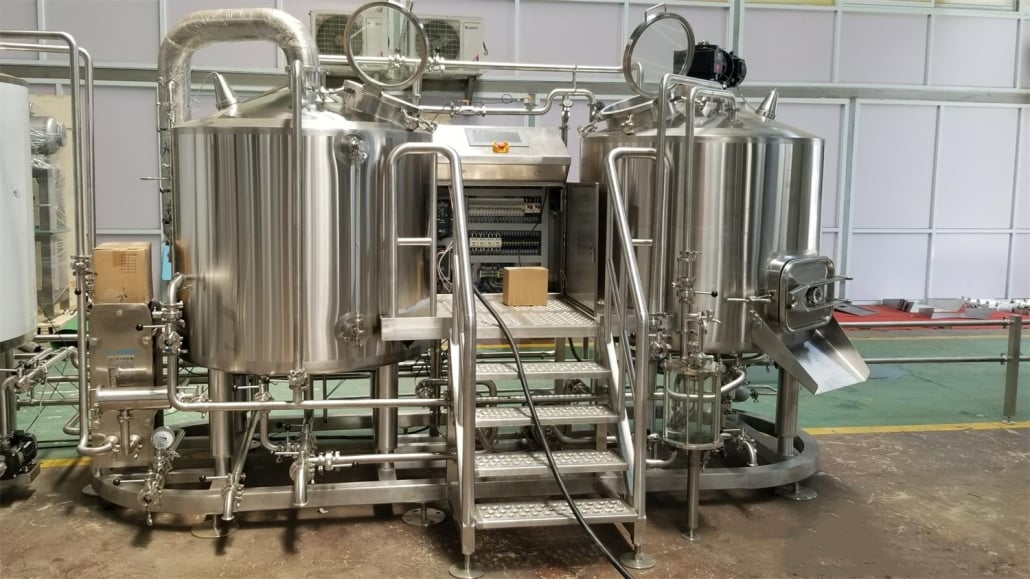
Operational Costs of Running a Microbrewery
Once you’re up and brewing, the bills don’t stop. Monthly operational costs determine whether your dream brewery turns into a thriving business—or a financial sinkhole.
Here are the main operational costs to plan for:
- Ingredients: Depending on your production volume, expect to spend $1,000 to $5,000 per month on grains, hops, and yeast.
- Labor: You’ll need a team—at least a brewmaster, server, and maybe a salesperson. Labor costs could range from $10,000 to $40,000 per month depending on location and staff size.
- Utilities: Brewing takes power and water—lots of it. Utility bills can be anywhere from $2,000 to $8,000 per month.
- Rent or Mortgage: Leasing a space? Rent might be $3,000 to $10,000 per month depending on your city. Owning can mean high upfront costs but lower monthly overhead.
- Maintenance and Cleaning: Equipment upkeep, CO2 refills, and janitorial services might cost $1,000 to $3,000 monthly.
- Insurance: Liability, property, workers comp—you’re looking at $500 to $2,000 per month.
Operational costs can be slimmed down with energy-efficient equipment, lean staff operations, and local ingredient sourcing.
Average Total Cost Estimates
Putting it all together, here’s what the full picture looks like:
| Scale | Startup Cost Range | Annual Operating Costs |
|---|---|---|
| Nano Brewery (1-3 BBL) | $250,000 – $500,000 | $100,000 – $200,000 |
| Microbrewery (5-15 BBL) | $500,000 – $1.5 million | $200,000 – $500,000 |
| Brewpub (restaurant + brewery) | $1M – $2.5 million | $500,000 – $1 million |
Your numbers may vary wildly depending on your ambitions, but this gives you a solid ballpark.
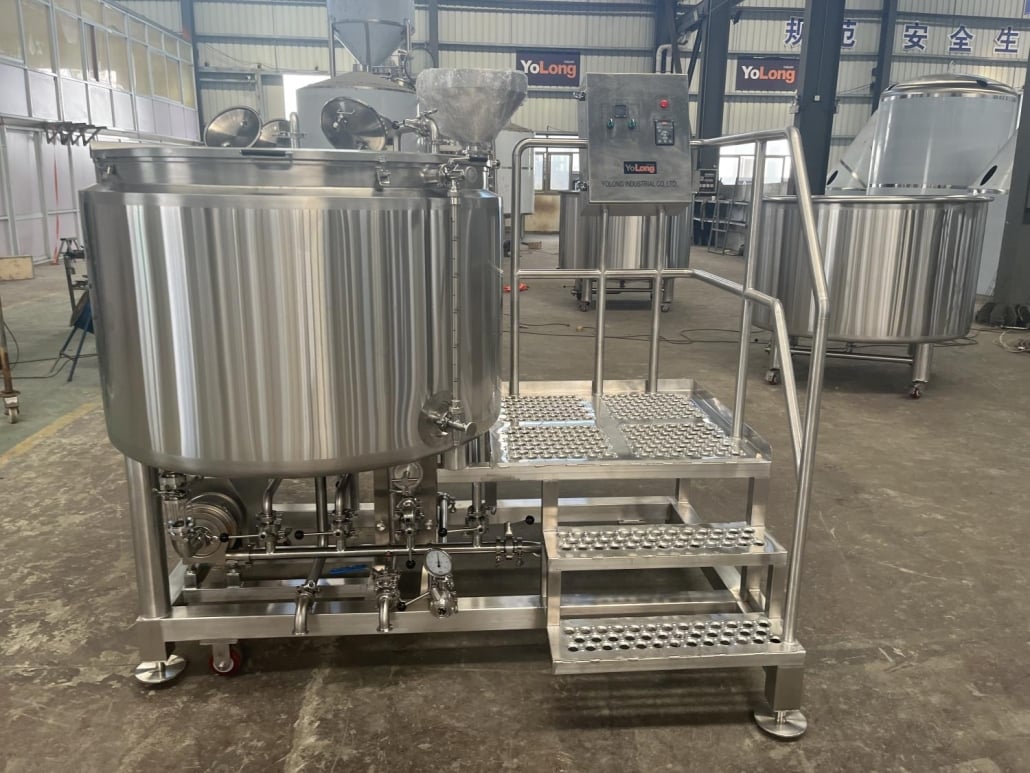
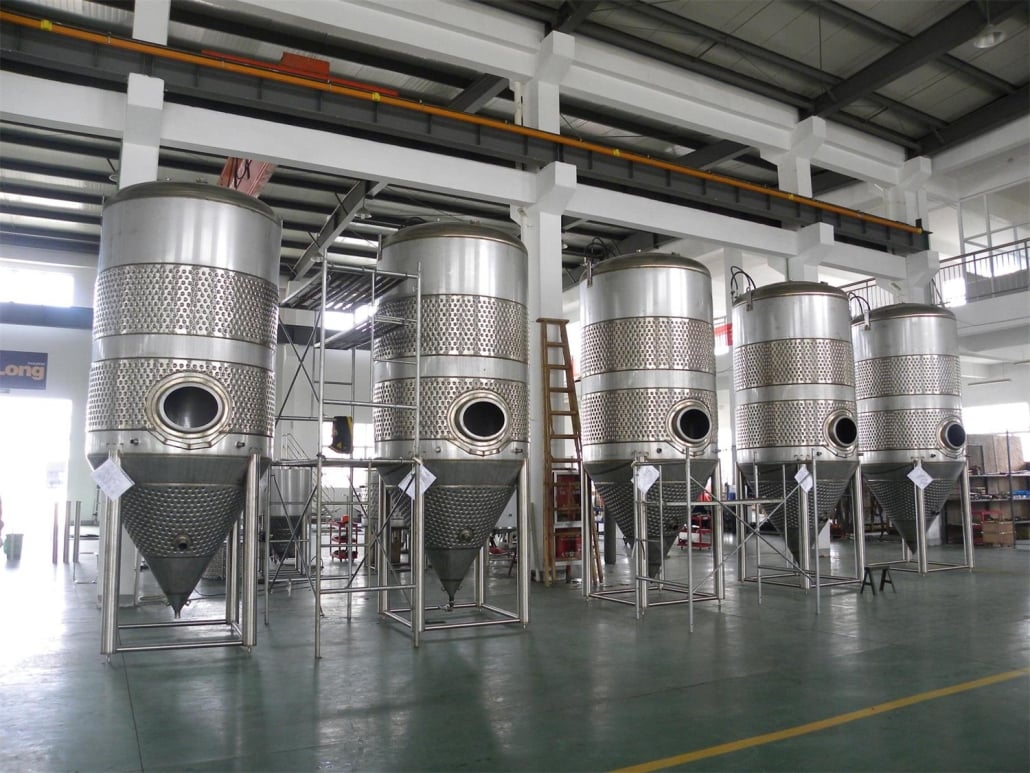
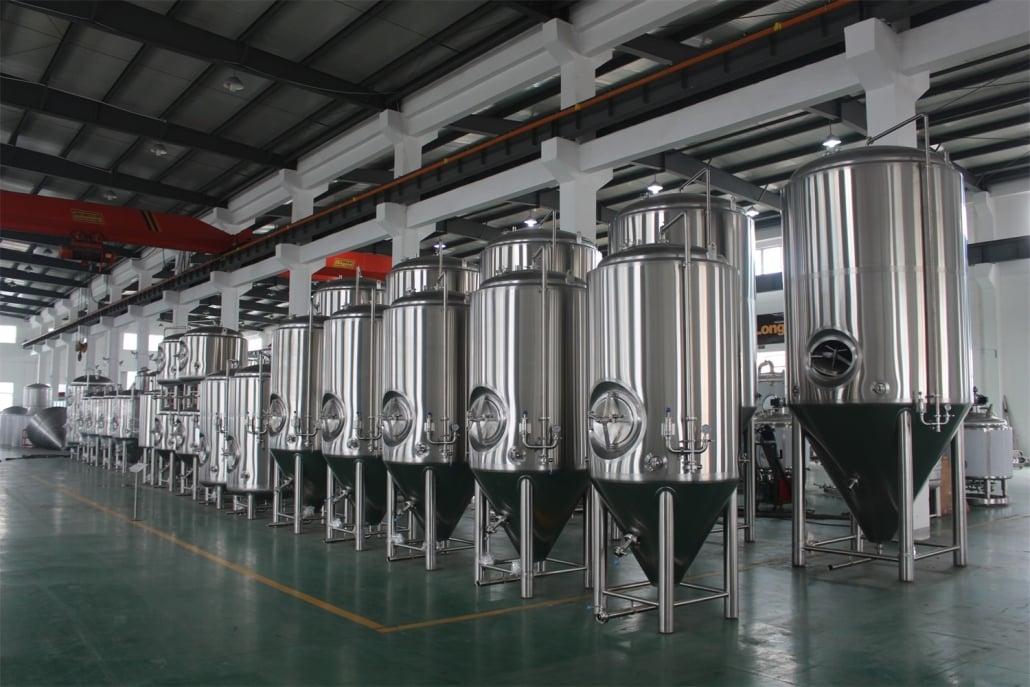
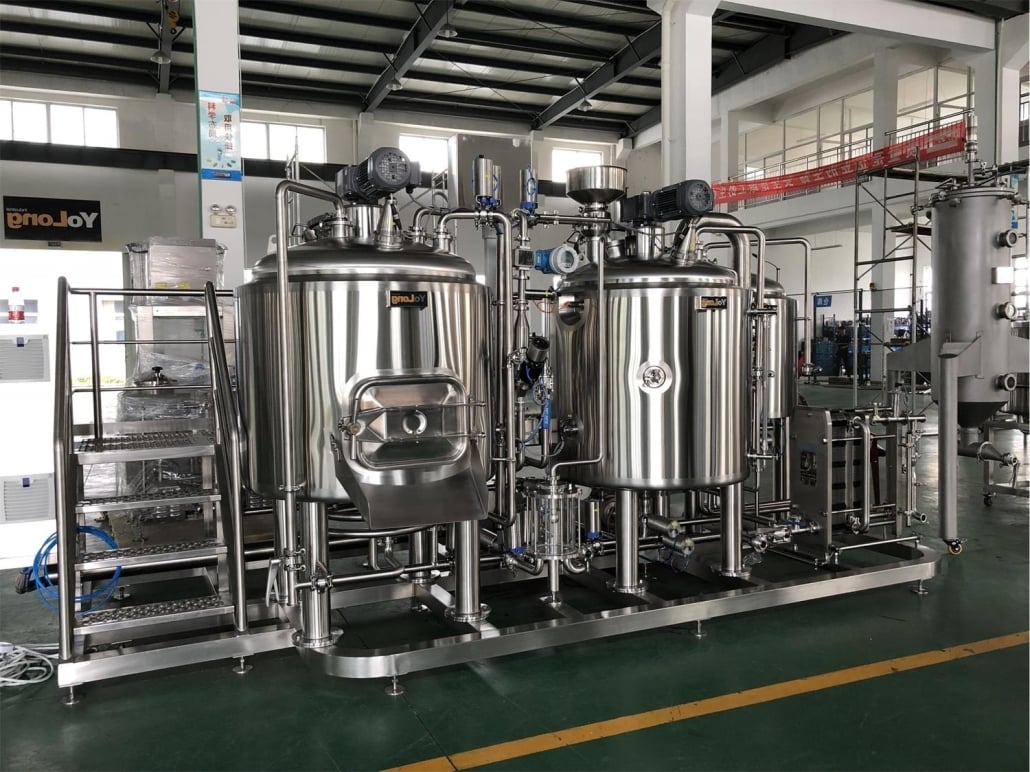
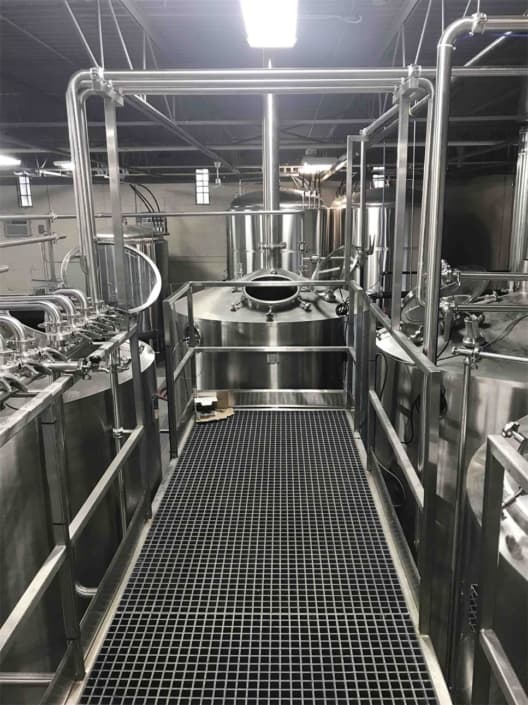
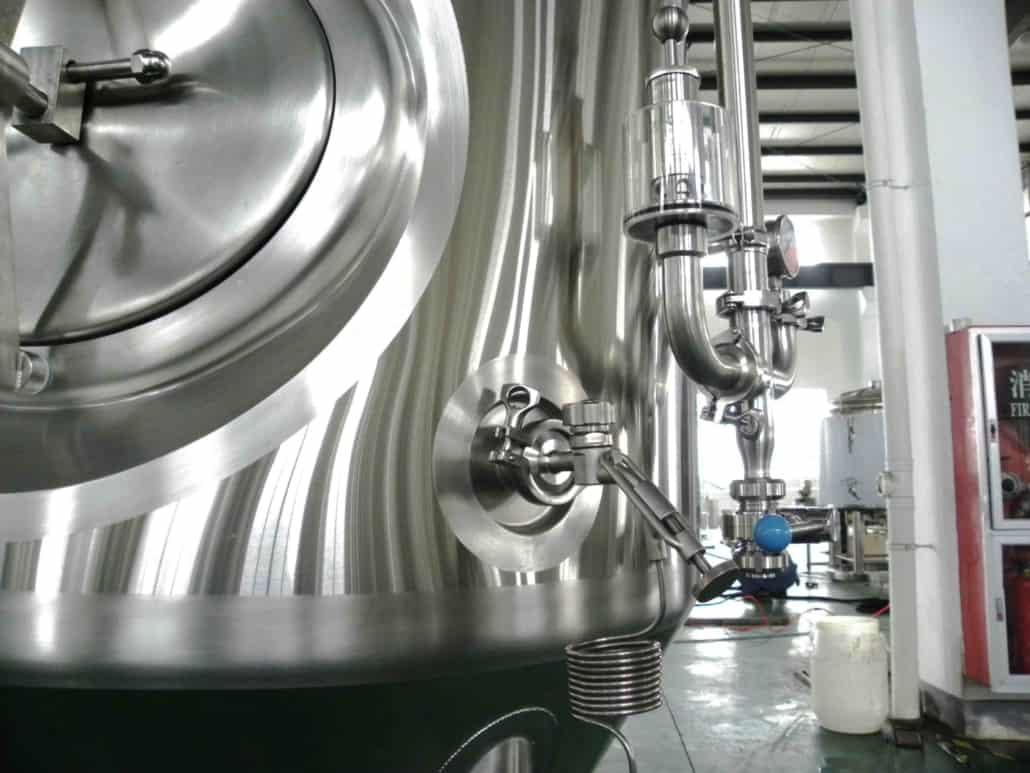
Ways to Reduce Startup Costs in Your Microbrewery
| Strategy | How It Helps |
|---|---|
| Buy Used Equipment | Cuts 30–50% off brewhouse costs |
| Start Small, Then Expand | Keeps your budget in check and minimizes risk |
| Lease Instead of Buy | Reduces upfront capital needs for both real estate and equipment |
| Share Space or Partner | Collaborate with other food or beverage vendors to cut real estate and utility costs |
| DIY Where Possible | Handling some construction or marketing yourself can shave thousands off your budget |
ROI and Profitability of a Microbrewery
Alright, let’s talk about making money. You’re in this for the love of beer, sure—but profitability matters. So how fast can you make your money back?
On average, a microbrewery can expect to break even in 2 to 5 years. Factors like local demand, competition, pricing strategy, and production volume play a big role.
- Profit Margins: Most breweries shoot for a gross margin of 60% to 70% on beer sold directly to consumers (taproom sales are way more profitable than wholesale).
- Revenue Potential: A microbrewery producing around 1,500 barrels annually might generate $300,000 to $1 million in annual revenue, depending on taproom traffic and distribution.
- Key Drivers of Profitability: Great beer, strong branding, loyal local following, low overhead, and efficient production.
The most successful breweries also build a community around their brand—think events, merch, exclusive releases, and loyalty programs.

FAQ
| Question | Answer |
|---|---|
| What’s the cheapest way to start a brewery? | Start with a nano system, buy used gear, lease your space, and keep staffing lean. |
| How much does brewing equipment cost? | Anywhere from $100,000 to over $1 million depending on size and complexity. |
| Can I start a microbrewery at home? | Legally, not for commercial sales—home brewing is fine, but retail sales require permits. |
| How long does it take to break even? | Typically 2–5 years, depending on your model and growth. |
| Are microbreweries profitable? | Yes—especially with strong local demand, a loyal fanbase, and direct-to-consumer sales. |
| What licenses do I need for a brewery? | Federal brewing license (TTB), state alcohol permit, business license, and health permits. |
| How much space do I need for a microbrewery? | For a 10-barrel system, at least 1,500 to 3,000 square feet is ideal. |
| Can I finance a microbrewery? | Absolutely—through SBA loans, private investors, equipment leasing, or crowdfunding. |
Share this entry
Interested in learning more about Brewing Systems including additional details and pricing information? Please use the form below to contact us!
YOLONG BREWERY EQUIPMENT FAQS
- Commercial Brewery / Craft Brewery / Microbrewery / Nanobrewery
- What is The Difference Between Craft Beer and Industrial Beer?
- The Bespoke Differences In Custom Brewing Systems
- Everything You Need to Know About Kettle Souring
- How to Choose Brewing Equipment for Your business?
- How To Choose The-Best Partner To Build Your Commercial Microbrewing System?
- Two Detection Sensors That You Need To Use In Your Brewhouse System
- Remote Control Applications in Brewing Equipment/How does it work?
- How To Clean Your Brand New Brewery Tanks?
